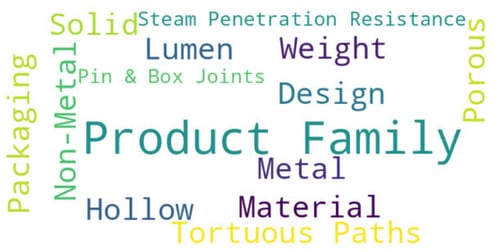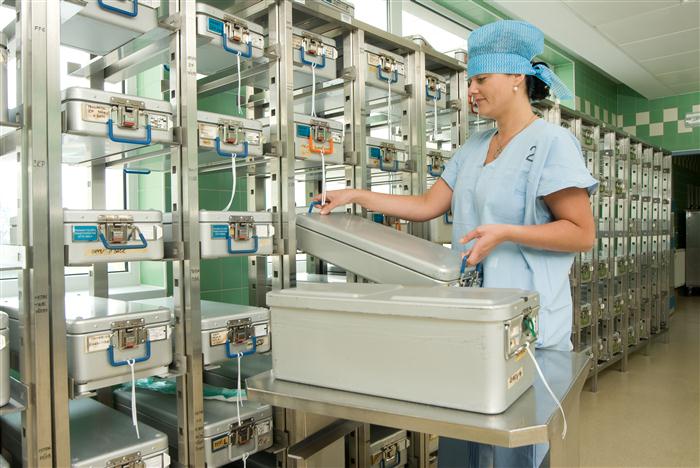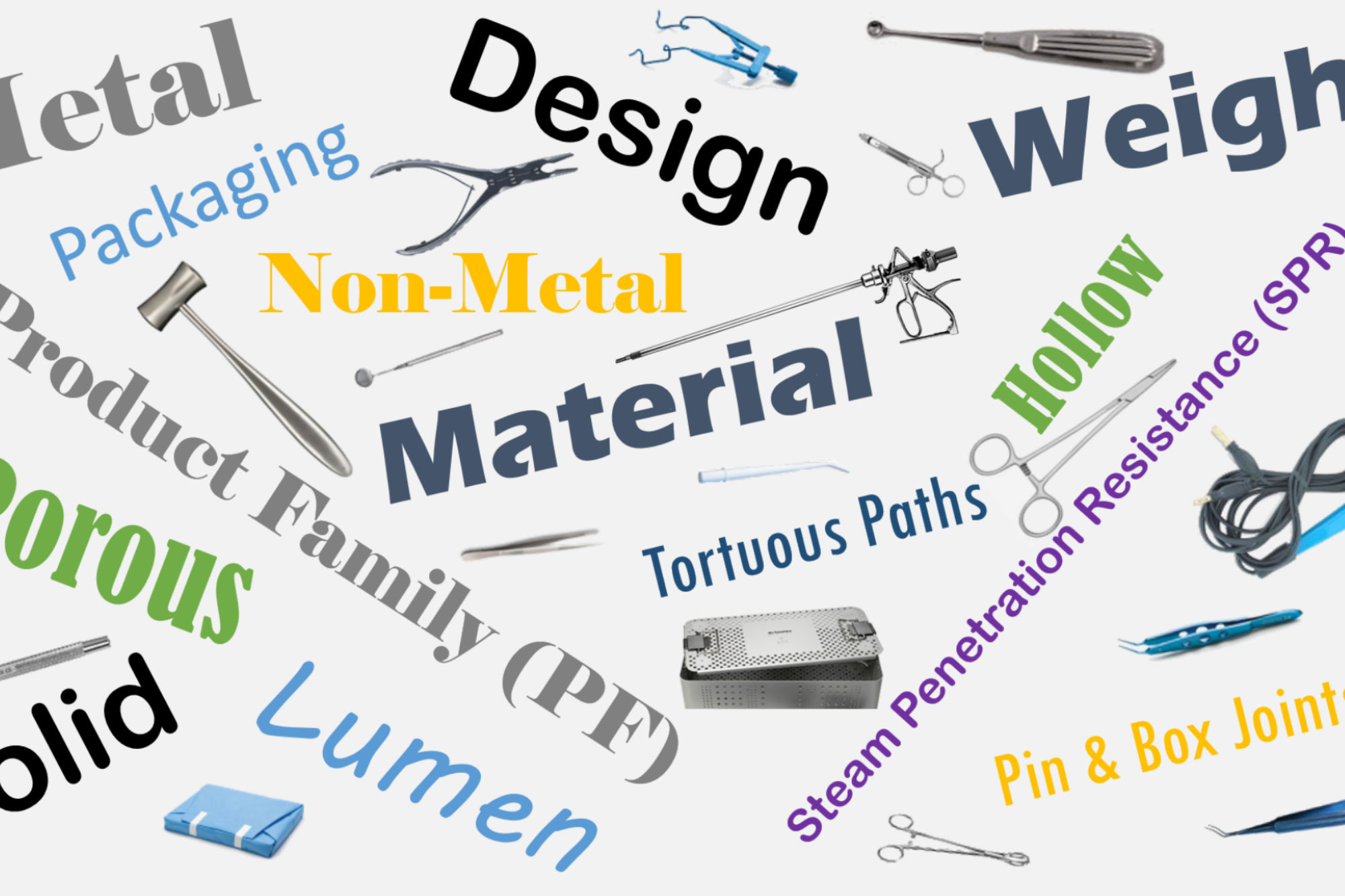Navigating the Changes in Product Families from AS/NZS 4187 to AS 5369

The shift from AS/NZS 4187:2014 to AS 5369:2023 introduces notable changes in the implementation of Product Families, especially with the detailed guidance presented in section A.5.2 of Appendix A.
In contrast to AS/NZS 4187:2014, AS 5369:2023 offers comprehensive guidance along with a supporting flowchart.
This blog aims to explore the guidance provided and highlight the differences in managing product family classifications between these two standards, making it easier to understand the adjustments required.
Understanding the changes
AS 5369:2023 expands upon the foundational principles of AS/NZS 4187:2014, introducing refined guidelines for classifying RMDs into product families. It seeks a harmonised approach to cleaning, disinfection, and sterilisation processes across diverse device attributes.
steam penetration resistance
In the AS/NZS 4187:2014 standard, there was no specific guidance on the relationship between steam penetration resistance (SPR) and the classification of product families.
The newer AS 5369:2023 standard introduces a preliminary step for grouping devices into Product Families, which is to determine the device's SPR. To support this step, the standard includes detailed guidance and a flowchart.
Although the flowchart provides a high-level overview of the steps involved, it lacks detailed instructions on execution. For instance, it suggests determining or estimating the steam penetration resistance, identifying the most challenging device to sterilise, and then grouping devices accordingly into a product family.
However, the standard does recommend conducting test loads to evaluate steam penetration and to identify the master product.
spaulding Classification
The first point (a) in the guidance is to define the intended use of the device by using the Spaulding classification.
Only once device has been classified as Critical, Semi-critical or non-critical, can it be assigned to a Product family.
For example, only Semi-critical and critical devices need to be sterilised. Non-critical devices do require cleaning and disinfecting, which means they still may need to be assigned to product families.
Cleaning and Disinfection is covered in the Flow Chart at A.1
IFU's
For Disinfection and Low temperature sterilising, AS5369 says to refer to the IFU for the device.
One size does not fit all
Research cited in the standard suggests that achieving consistent sterilisation cycles across various facilities is notably difficult due to differences in steam sterilisers. This means that reproducing these cycles might not be possible, suggesting that Product Families designated in one facility might not be applicable or relevant in another. Consequently, the recommendation is for each facility to develop its own product family assignments.
washing and disinfection
The new standard elaborates on the concept of Product Families for Washing and Disinfection.
It says, devices that present challenges in steam penetration might be easier to wash or disinfect, and the opposite is also true. Therefore, it is important to consider establishing distinct product families for both washing and disinfection processes.
There is, however, no guidance provided, other than it's just something that should be considered.
The guidance provided in the AS 5369 standard, however, only applies to Sterilising (steam penetration resistance).
performance qualifICATION
Once you have assigned the product families, you should conduct tests on the of group of devices to determine the Master devices. You can then use the Master Devices to run PQ. The Device should be wrapped together as a set.
Practical Guidance:
The guidance provided by AS 5369:2023 regarding product families can be condensed into the following key points:
- Intended Use: Classify devices through the Spaulding Classification Scheme based on intended use and processing guidelines.
- Materials: Consider the thermal properties of materials used in the device, impacting sterilisation.
- Design: Account for complexity, such as lumen dimensions and articulations, affecting steam penetration.
- Physical Characteristics: Assess mass and physical dimensions, influencing heating and sterilisation effectiveness.
- Packaging: Ensure packaging allows for effective steam penetration and is compatible with the sterilisation process.
The final note in the guidance is to always make reference to the IFU.
AS 5369 does however go on to say:
The processing guidelines supplied with the device should be reviewed but only provide recommended sterilisation parameters which are likely to be different from the sterilisers and other conditions in your Sterilising Department.
Conclusion
Whilst the guidance and flow chart are very helpful tools, one could ask if they actually really make the process of product family assignment any easier than it was in the superseded standard.
The steps are defined, but there is no map that quantifies any way to arrive at an actual Product family value.
Each of the points (a) to (e) will have a range of variables that you need to determine.
For example, point (a) has 3 variables. Critical, Semi-critical and non-critical. Point (b), (c), (d) and (e) each have several variables.
How do you quantify the range of variables in each section, then put them all together and come up with a number?
There is no advice on how to correlate the information from points A-E except for a note to refer to the ISO/TS 17765-3 Technical Specification. Therefore, the Technical Specification is still a very important cog in the process.
If it all sounds very complex, remember that you will need to do this for every device!
If you are looking for help, we have several free resources (links below) that can simplify the process.
Check out our FREE resources for simplifying the classification of RMD’s/other Devices into Product Families.
DOWNLOAD YOUR FREE PRODUCT FAMILY MATRIX AND 6-PART VIDEO SERIES
Download your free 'Understanding & Implementing Product Families' eBook
Check out our FREE Product Families Online Course


